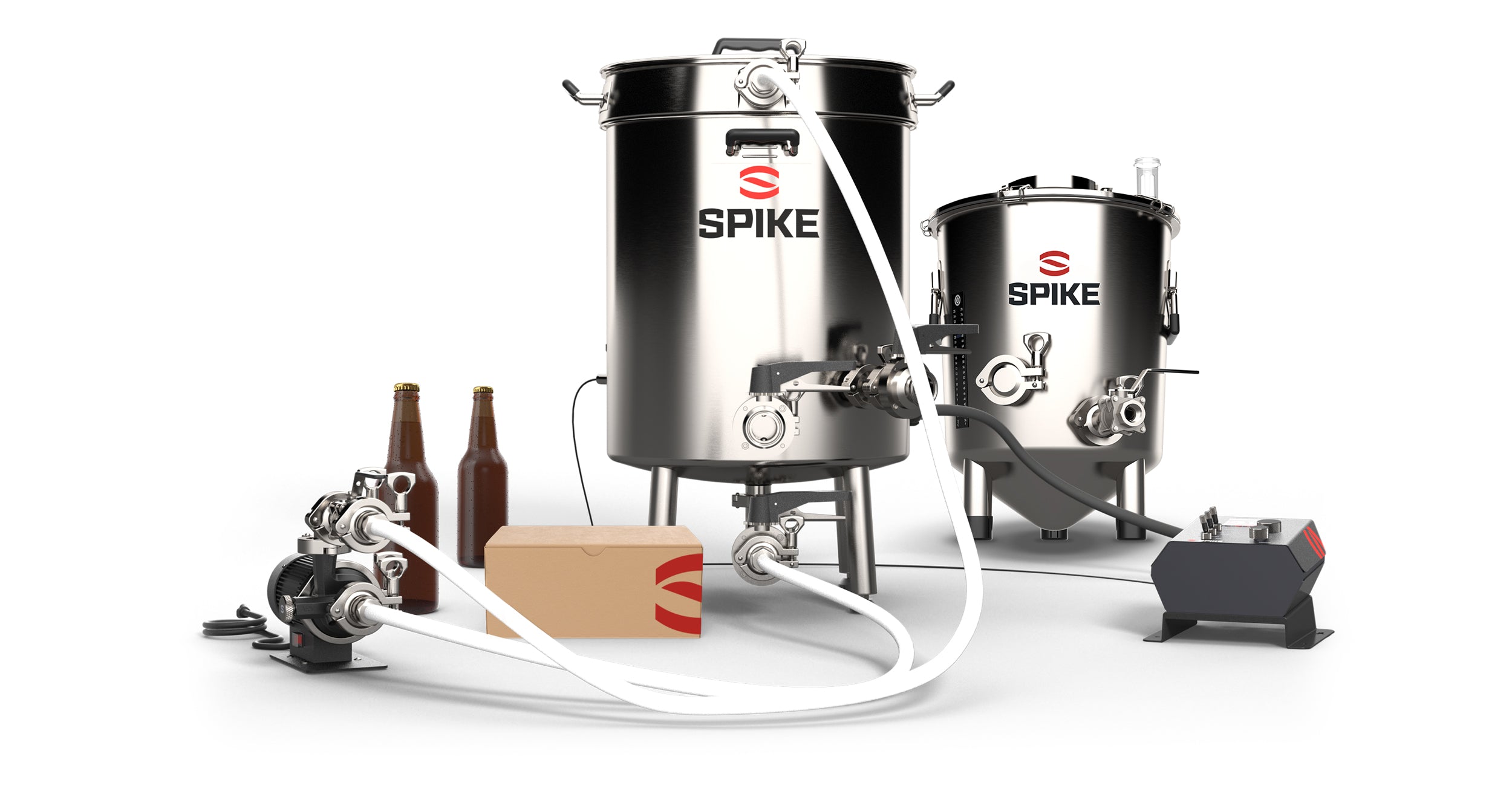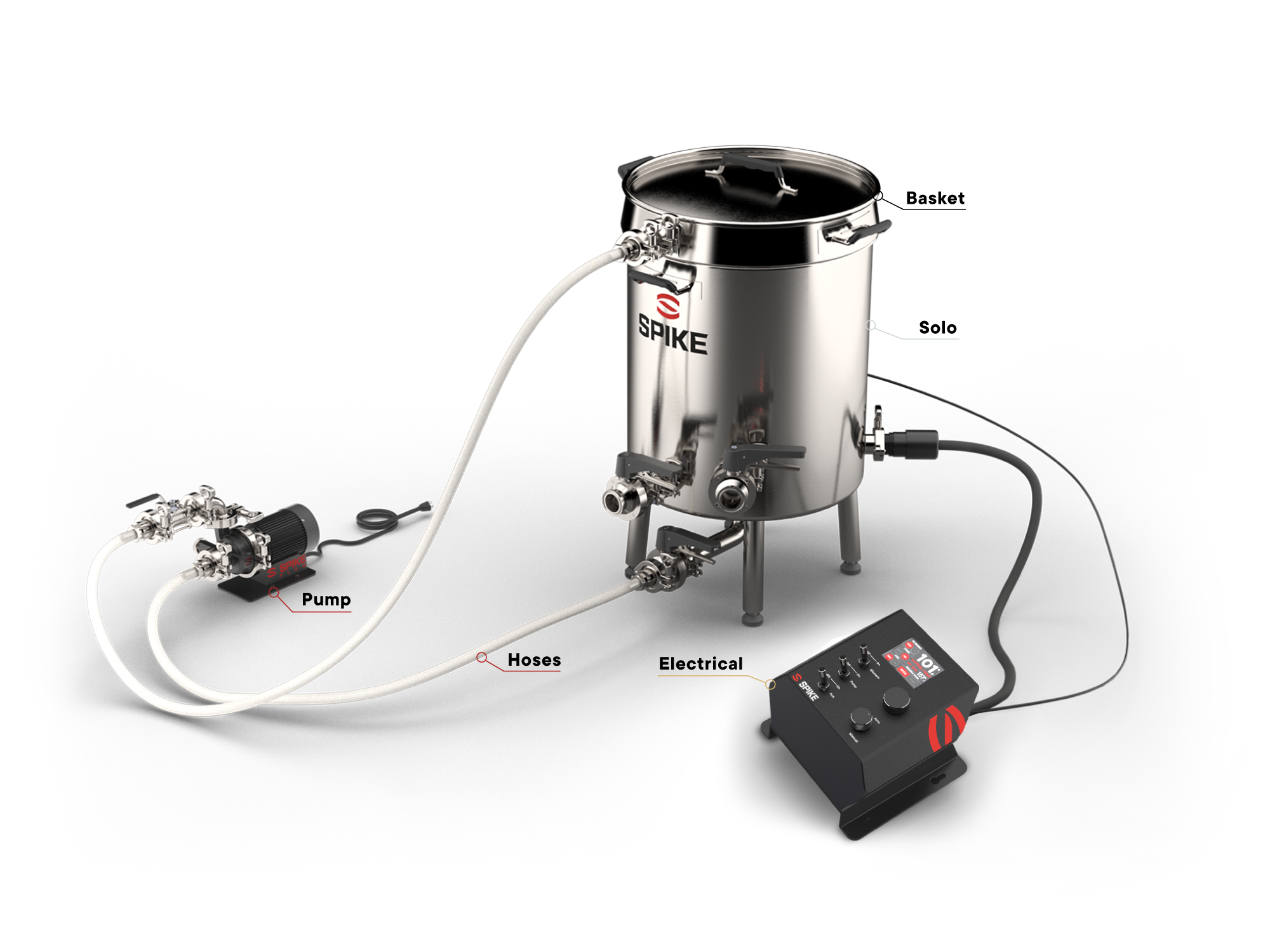
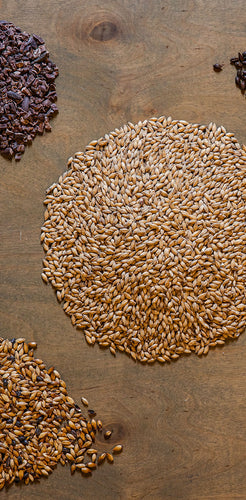
Learn to Brew
Brewing Beer At Home Is Fun
Whether it's your escape from the day-to-day grind, something to do while the brisket is on the smoker or just an excuse to get the gang together on a Saturday, this page is dedicated to teaching you how to brew at home one beer at a time.
The Core Four
beer is made up of 4 simple ingredients
Malt
grain prepared for brewingHops
adds taste and aroma to beerYeast
living organism that turns sugar to alcoholWater
the building block of beerBrew Beer in 7 Steps
It's not as easy as one, two, three—but we'll still get you there in no time!
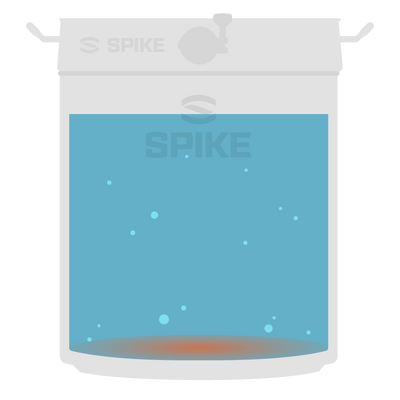
1. Heat Water
Start with 7.5 gallons of water and let it heat until roughly 159F.
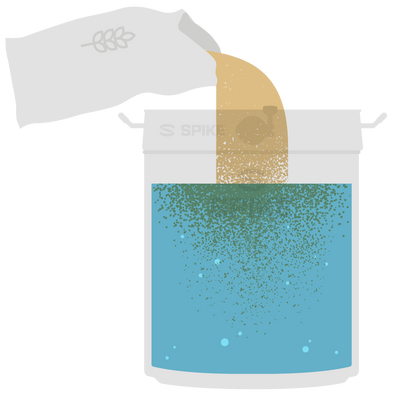
2. Mash
Mashing means adding grain to the heated water and letting it simmer.
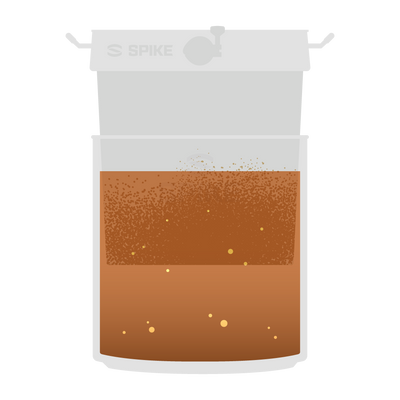
3. Strain
Lift the basket to remove the grains and keep the liquid which is now called wort or sugary water.
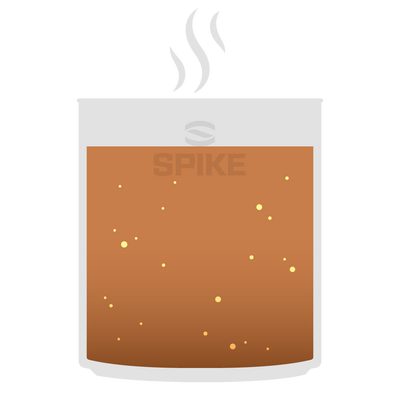
4. Boil
Extract key flavors by boiling your liquid. This is where you'll add your hops.
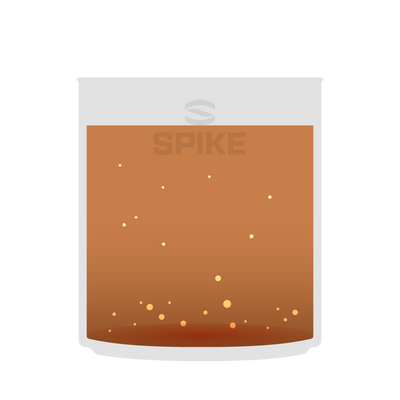
5. Whirlpool
Cool your wort to prepare for fermenting.
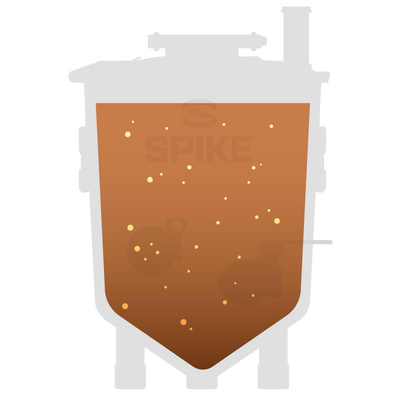
6. Ferment
Transfer your wort into your fermenter. Add yeast and let it sit for two weeks.
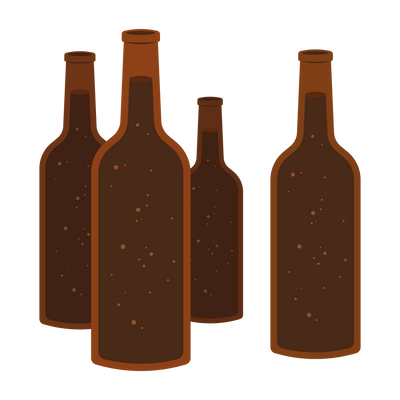
7. Bottle
Add a carbonation tablet, fill bottles with a bottling wand, cap it and after two weeks, these will be ready to drink!
Why Become a Homebrewer
There's joy in a nice, cold brewski, but what if we told you drinking it is only half the fun...
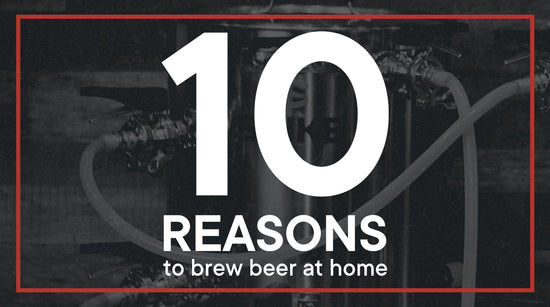
A Brew-tiful Journey
Grab a pint, sit back, and let's explore why homebrewing might just be your next passion project.
Read more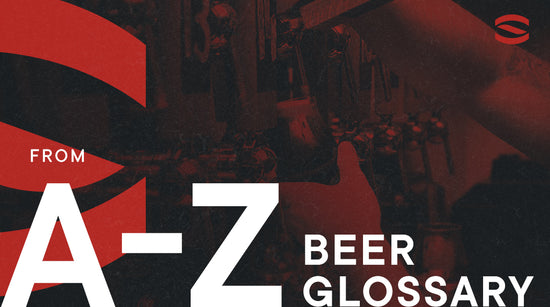
Beer Glossary
Brewing has a lot of "inside baseball" terminology. So we made a playbook for you! Check out the Spike beer glossary to start making plays of your own.
Beer GlossaryFive Stars All Around
"Brewing my own beer was always something that I wanted to do, but was honestly unsure where to even start. The Spike Beginners Bundle was the system that changed that for me. I had a few friends who are experienced home brewers come help me with my first batch, and they were so impressed with the setup that they asked to borrow it for their next brew!"
-Andrew B., Andersons Smoke Show


